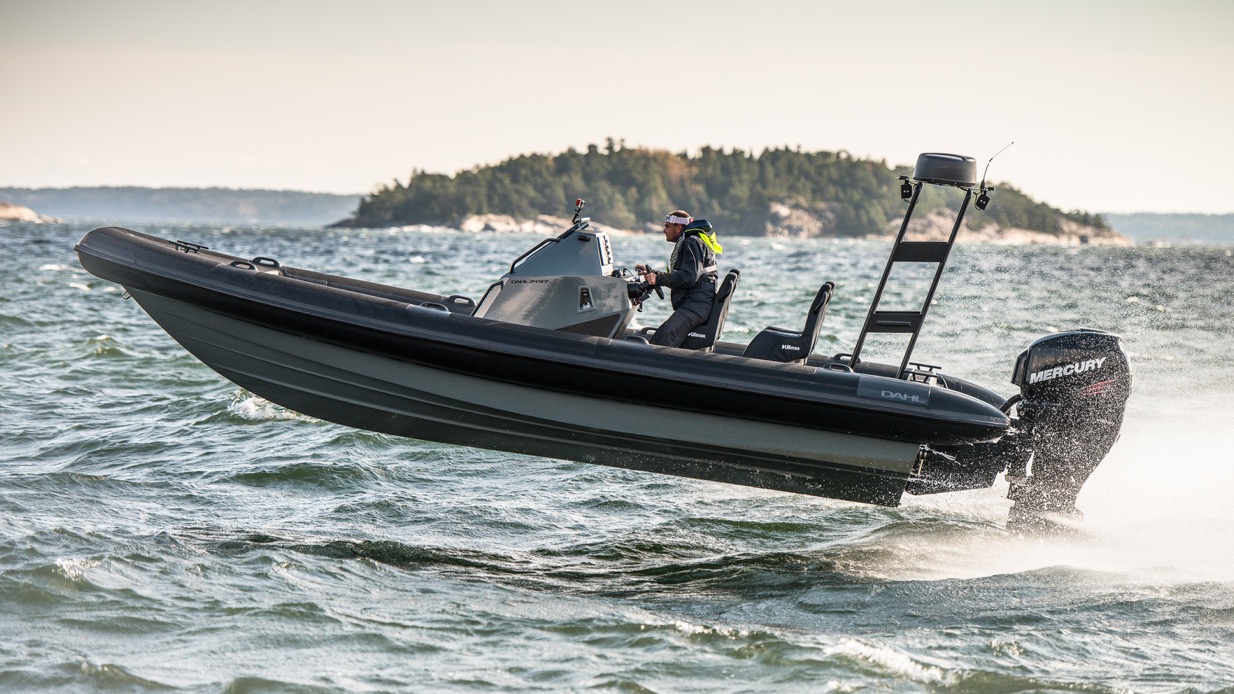How does it work?

The human body has a complex system of muscular reflexes, developed and evolved to protect us from  injury. Reflexes are designed to trigger reactions in our muscles, to protect us against impacts. This muscular response is obvious in our legs, but is also at hand in our arms, torsos and necks.When muscles react to impact, they contract – to serve as shock absorbers – and to stabilise the spine and joints.
injury. Reflexes are designed to trigger reactions in our muscles, to protect us against impacts. This muscular response is obvious in our legs, but is also at hand in our arms, torsos and necks.When muscles react to impact, they contract – to serve as shock absorbers – and to stabilise the spine and joints.
– Sitting hurts. Sitting in a traditional seat always puts your spine into a C-shape. Then the weight of the head is hanging forward of its supporting structures in the neck.
This is the worst position for the spine to be in when exposed to a vertical impact. There is risk for head jolts. Head jolts can cause whiplash-like distortion injuries and disk ruptures in the neck. Even the risk of vertebral fractures and lumbar disk hernias is much higher with the spine in this C-shape.
Standing keeps the spine in its natural, balanced, S-shaped posture. This is why race-boat drivers used to chose to stand up. Standing, however, does multiply impact forces that can cause injures the spine.
The Ullman Seats are developed with a special semi-active suspension system, designed to synergise with nature’s muscular, reflex based, protection-system.
All Ullman seats are also designed to maintain the optimal S-shape of the spine and balance of the head at all times.
The progressive patented suspension system and the synergies with the biologic response, neutralises the resonance effects that make other shock mitigation seats capable of bottoming out – multiplying impacts.
Ullman Seats are developed based on pioneering medical science.
They are independently scientifically validated and proven to provide the most effective shock mitigation of all seats.
If you wish to hear more about the science behind Ullman seats – Please send us an email request@ullmandynamics.com







